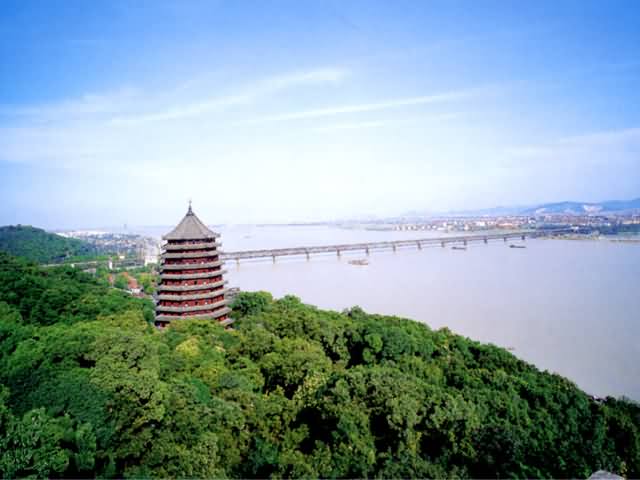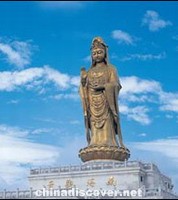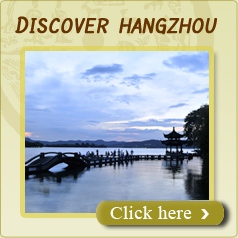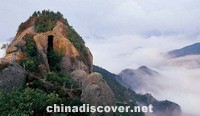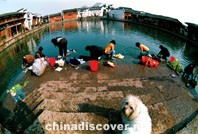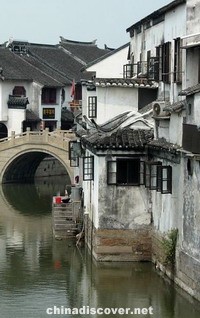Hangzhou Tourism
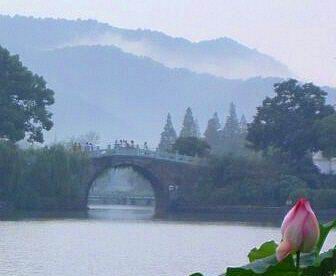
-
City Name:Hangzhou (Chinese: 杭州, Pinyin: Hángzhōu)
-
Population :Municipality 6,776,400, Metro: 3,407,600
-
Location :located at 30°15′N 120°10′E
-
Overview:Hangzhou is renowned for its historic relics and natural beauty. It is often known as one of the most beautiful cities in China.
Overview
Every time you come to Hangzhou may feel relaxed. Just over 200km southwest of Shanghai, Hangzhou requires only a short jaunt to scrach the surface its charming West Lake, the timeless Grand Canal and the typical Jiangnan atmosphere, which means "Paradise on Earth". Climbing the earth carved ascent up Baoshi Shan in early afternoon to view mist rise over West Lake, strolling along the lakefront with a cup of tea in one hand and camera in other, renting a tandem bicycle from one of the many street vendors and pedaling past the different sights on the Baidi Causeway, these can really be your memorable experiences.
Know more
West Lake
Hangzhou's legendary West Lake conjures images of sweeping willows and morning mist along the shores of China's most famous and revered of lakes. There are 36 West Lakes throughout China, but Hangzhou's West Lake is the inspiration for them all. Originally a lagoon, it was dredged in the 8th century and later diked. Mist shrouts the jade-hued water as the sunrises and sets while sentinel trees line the surrounding boulevards and it's bordered by three hills that hem it like a pillow crading a liquid gem. Graceful gardens lull as one meanders through paths to welcoming temples.
Grand Canal
What really put Hangzhou on the proverbial map is the Grand Canal. Built during the Sui dynasty, the Grand Canal was massive network of canals and waterways linking Hangzhou to the north. Food and goods were shipped from the agriculturally rich south to supply the comparatively desolate north, Hangzhou quickly developed into an important center of transportation and trade.
It took several dynasties to build the massive canal network. Work began as early as 506 B.C during the Spring and Autumn period lead by King Wu, who led his people to dig the first canals in a big to control central China. Since most of China's major rivers flow from west to east, building a water link from north to south to connect the rivers would greatly facilitate transportation and this became the dream of many emperors.
Emperor Sui Yangdi of the Sui dynasty was noted for directing construction efforts. At the beginning of the 7th century the Sui united China and made its capital in Luoyang in north China. In order to move food and goods from the prosperous and expansion of the existing canals. In A.D 603 over a million workers began connecting various rivers and existing canals into once Gand Canal linking Luoyang to Yangzhou.
In the 13th century, the emperor of the Yuan dynasty ordered the repair and expansion of the Grand Canal from Hangzhou to Beijing. This effort took ten years to complete. Today the Grand Canal has fallen out of use, but lengths of it, particularly in the Hangzhou and Suzhou area, continue to serve as an important waterway.
Silk and Tea
 Other attractions rest on Hangzhou's historic Silk and Tea production, both of which boomed after it was connected to the Grand Canal at the end of the 6th century, a fact not lost on visitors who make their way to the China Silk Museum to purchase choice fabrics or to the Dragon Well Tea Village to imbibe sweet drinks. Dragon Well Tea is a Hangzhou specially, this green tea is famous throughout China and its fame is reflected in its price.
Other attractions rest on Hangzhou's historic Silk and Tea production, both of which boomed after it was connected to the Grand Canal at the end of the 6th century, a fact not lost on visitors who make their way to the China Silk Museum to purchase choice fabrics or to the Dragon Well Tea Village to imbibe sweet drinks. Dragon Well Tea is a Hangzhou specially, this green tea is famous throughout China and its fame is reflected in its price.
Hangzhou's Silk Parasols are legendary for their artistry. Framed by bamboo and covered with silk, it was the sun-blocking device of choice for ancient beauties.
Sweet Osmanthus-the City Flower
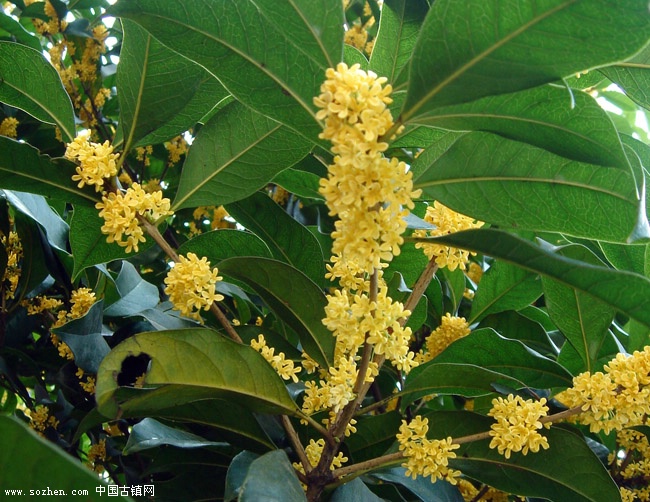
Camphor tree- the City Tree
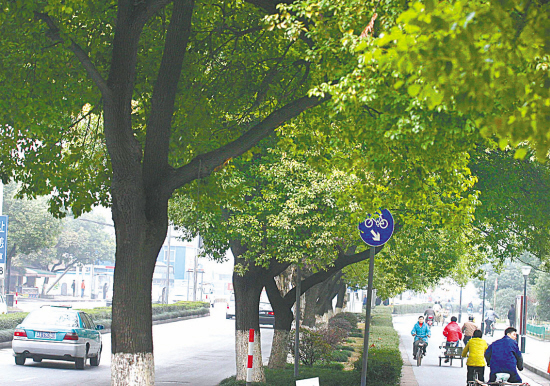
Hangzhou, elusive rusticity and optimal moisture, is rich of scented camphor trees. The ancient camphor trees are elegant in groups; thousands of leaf layers, falling their shade everywhere. At the cusp of spring and summer,the green small flowers split the full branches. The light breeze delivers the fragrance and gladdens the heart. That tranquilness, that warmth and that smooth have sublimated this gentle cultural old city. That intensity, that fearless and that share thrive have revealed this fast moving cultural old city as well.
Must see

Hangzhou's legendary West Lake conjures images of sweeping willows and morning mist along the shores of China's most famous and revered of lakes. There are 36 West Lakes throughout China, but Hangzhou's West Lake is the inspiration for them all. ...more
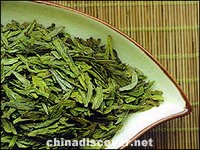
Located in the Longjing (Dragon Well) Village -- a tea growing area south of the West Lake District in Hangzhou, the China Tea Museum was completed and opened to the public in October 1990. ...more
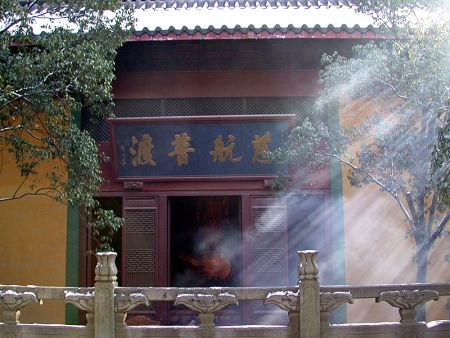
Qing emperor Kangxi was especially charmed by the Lingyin Temple, and one of his couplets is inscribed on the Hall of Four Heavenly Guardians which stands at the front of the temple ...more
